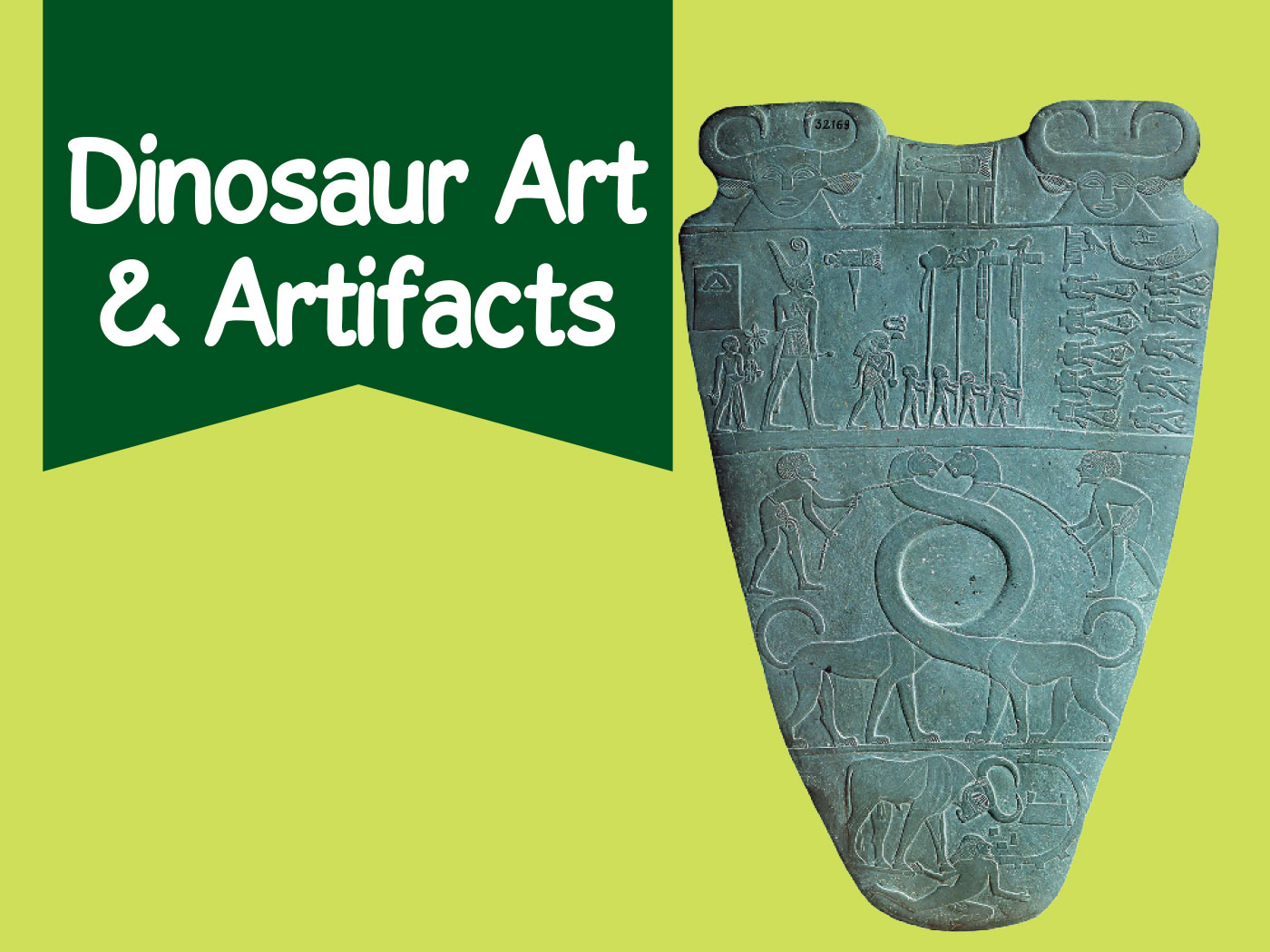Scientists age-dated a cache of stone-tipped throwing spears unearthed from Ethiopia's Gademotta Formation at 280,000 years old. This find appears to pierce the conventional story of human evolution—a narrative about modern man evolving from some pre-human type only 200,000 years ago. How will this date discrepancy be resolved?
According to their technical report in the online journal PLoS ONE researchers found "composite projectile weapons," among the 226 artifacts they examined.1 Ancients sculpted spear tips from nearby obsidian deposits, shaped sticks into throwing spears, then affixed the obsidian tips onto them.
Lead author of the report told Discovery News the enterprising Africans "perhaps even created a prehistoric spear-making assembly line of sorts."2 Apes don't form assembly lines or engineer tools—humans do—and yet no humans were supposed to have existed at that supposed time.
Discovery News offered two options to explain this new find, "and both are mind-blowing."2
One possibility is that pre-human ape-like ancestors were smart enough to mass-produce spears. In Discovery's words, "The intelligence needed to create such tools could therefore have predated our present body type." This option leaves the currently accepted timing of the supposed emergence of man intact, but also generates two new problems.
First, if some kind of pre-human was smart enough and able enough to manufacture and successfully use these projectiles, then what is left to intellectually distinguish these supposed pre-humans from true humans—descendants of Adam and Noah?
Second, the researchers found microfracture signatures of impact in some of the obsidian spear tips. The PLoS ONE study authors were able to estimate the force with which the spears were thrown from the impact force required to produce tell-tale crack shapes in obsidian. Apes don't throw spears, and this kind of elegant throwing—the same basic action as pitching a baseball—requires a distinctly human anatomy.3 What then is left to physically distinguish these ancient spear throwers from being grouped within the category of fully real people?
These problems eliminate the idea that the spear makers were somehow human in mind but not body. The other option would require an embarrassing wholesale rewrite of the story of human evolution found in textbooks throughout the world. Fully modern man—as human-like in intelligence and frame as anyone alive today—might have evolved 80,000 years before evolutionary dogma's 200,000-year mark of man's supposed emergence.
In the past, secular researchers resolved similar dating discrepancies simply by re-dating the discovery site either repeating the same or using a different dating method to end up with new dates that agree with the evolutionary narrative.4 Thus, some future report stating that the Gademotta Formation is actually younger than 280,000 years old would come as no surprise.
So, either ape-like creatures made man-like spears, or real men evolved well before their designated time. Both of these options hinge on the accuracy of these artifacts' age assignments. The PLoS ONE authors used Argon-Argon dating of nearby volcanic tephra, a dating technique refuted in other research.5
These discrepancies open a third option, not mentioned in PLoS ONE or Discovery: Toss out the evolutionary age assignment. One is then left with fully human spear-making hunters who were doing their best to equip themselves after the great Flood and migrated from the ark's Middle Eastern landing site south to Africa.
References
- Sahle, Y. et al. Earliest Stone-Tipped Projectiles from the Ethiopian Rift Date to >279,000 Years Ago. PLoS ONE. 8 (11): e78092.
- Viegas, J. Who Was Throwing Spears Before Humans? Discovery News. Posted on news.discovery.com November 13, 2013, accessed November 15, 2013.
- Thomas, B. Why High-Speed Throwing Is Uniquely Human. Creation Science Update. Posted on icr.org July 19, 2013, accessed November 15, 2013.
- Thomas, B., contributor. 2013. Creation Basics & Beyond. Dallas, TX: Institute for Creation Research, 285-292.
- Snelling, A. A. 1999. "Excess Argon": The "Archilles' Heel" of Potassium-Argon and Argon-Argon "Dating" of Volcanic Rocks. Acts & Facts. 28 (1).
* Mr. Thomas is Science Writer at the Institute for Creation Research.
Article posted on December 6, 2013.


















